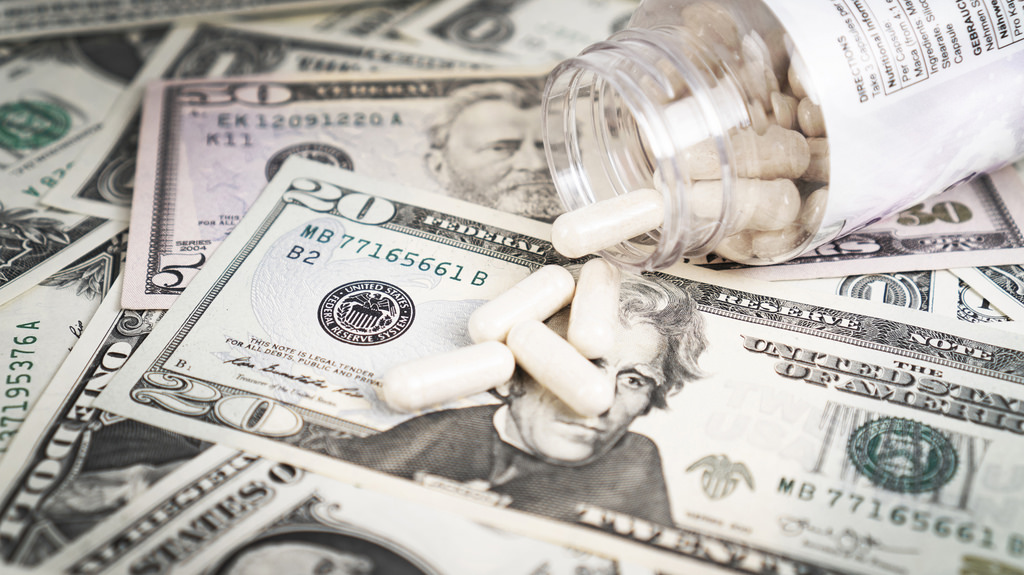
No one is safe from bankruptcy. That applies as much to you and I as it does to companies big and small. A controversy, a change in trends, a criminal act—these things can break companies in seconds and the world of investing is littered with broken billion dollar companies.
A blue chip stock is supposed to be safe from such occurrences, but this isn’t always the case. Big public companies are not immune from bankruptcy, and the same applies to private companies. In this guide we’ll show you just how far the mighty can fall as we look at major companies and blue chip stock that went bankrupt.
Northern Rock
If you are not in the UK, then you probably haven’t heard of this one. If you are, then it will be all too familiar.
Northern Rock was a huge bank that was listed on the London Stock Exchange. It generated a huge £5 billion in annual revenue and was one of the biggest financial institutions in the UK. No one expected it to fail and it seemed unlikely that such a thing would ever happen, but as you have probably guessed from its inclusion on this guide, that’s exactly what happened.
This one is actually very personal for me. I knew a few people who lost their jobs when this bank went under and I also once owned stock in the bank. This was the first time I truly realized how unstable companies can be, even at the very top.
That stock was given to me to cover a debt. I had helped someone out with a deposit for a mortgage and they were going to cash in the shares for me. Instead, they transferred the stock to me and insisted that I keep it because, and I quote, “It’ll earn dividends and will keep growing. It’s a blue chip after all”. At the time, I wasn’t interested in investing in banks, so I cashed the shares in immediately and used them to buy shares in another company.
A year later, they went into decline and my decision proved to be the right one. Northern Rock simply couldn’t maintain themselves in the banking crises. This crisis hit most banks in most countries and while the bigger ones stood defiant and strong, a few of them collapsed under their own weight. Northern Rock was the biggest to do this in the UK.
Enron
When Houston Natural Gas and InterNorth merged into 1985, Enron Corporation was born. The origins of these companies went back over half a century at that point and the merger served to create one of the biggest energy companies in the United States.
Enron quickly invested its money and began to improve its offerings. In the summer of 2000 their stock was trading for $70 a share. But things quickly turned sour. Promises were made to add huge value to the company and these promises never came to fruition. The company began to suffer and then a controversy hit.
There were fraudulent practices going on and all the audit assistance in the world couldn’t help this energy giant from bottoming out. They filed for a chapter 11 bankruptcy in 2001 and at the time they were valued at $65 billion.
General Motors
This company still exists and you can learn about it by visiting our General Motor Stock page. But the GM of today is decidedly different to the GM of yesteryear. In 2008 they were one of the biggest companies in the world and everything was looking good. They were had some of the highest revenues of any Fortune 500 company and it seemed unlikely that they would collapse, but collapse they did.
In 2009 they filed for bankruptcy and were eventually bailed out. They are now majoritively owned by the US government who ensure that this top US manufacturer still stands strong.
Lehman Brothers
There is not much to say about this former blue chip bankrupt stock that hasn’t already been said. They were the ones to cause the banking crisis because their bankruptcy came as such a shock to the wider world. They filed for this in 2008, putting an end to a company that had previously generated a revenue of close to $20 billion a year.
Lehman Brothers is the poster-child for major companies that have gone bankrupt. They are the ones that many people refer to when the question of whether you can be “too big to fail” arises. Simply put, and as Lehman Brothers proved, you can not be too big to fail and as the old saying goes, the bigger you are, the harder you fall.
It’s just a shame that the fall in this case dragged down many other companies and had a negative impact on the lives of many people around the world.
Washington Mutual
Another top bank that went bankrupt in 2008, Washington Mutual had been listed as a top investment opportunity just two years previous by Forbes Magazine. When they eventually filed for bankruptcy they had assets in excess of $300 billion and were the 6th largest bank in the United States.
Chrysler
Bankruptcy is not necessarily the end. There are many major companies that have declared bankruptcy and a number of them have gone bust, but others have managed to survive, much like General Motors did. Another big company that survived bankruptcy and near-failure was Chrysler, an American car manufacturer that struggled under the force of the financial crisis and was eventually ordered into administration by the former President of the United States Barack Obama.
It took them just two years to get out of bankruptcy and to become a profitable company again, which is one of the quickest turnarounds in history and is a testament to the brand power of this manufacturer. They were valued at just under $40 billion at the time they filed, and they have since been generating revenues in excess of $80 billion a year.




















